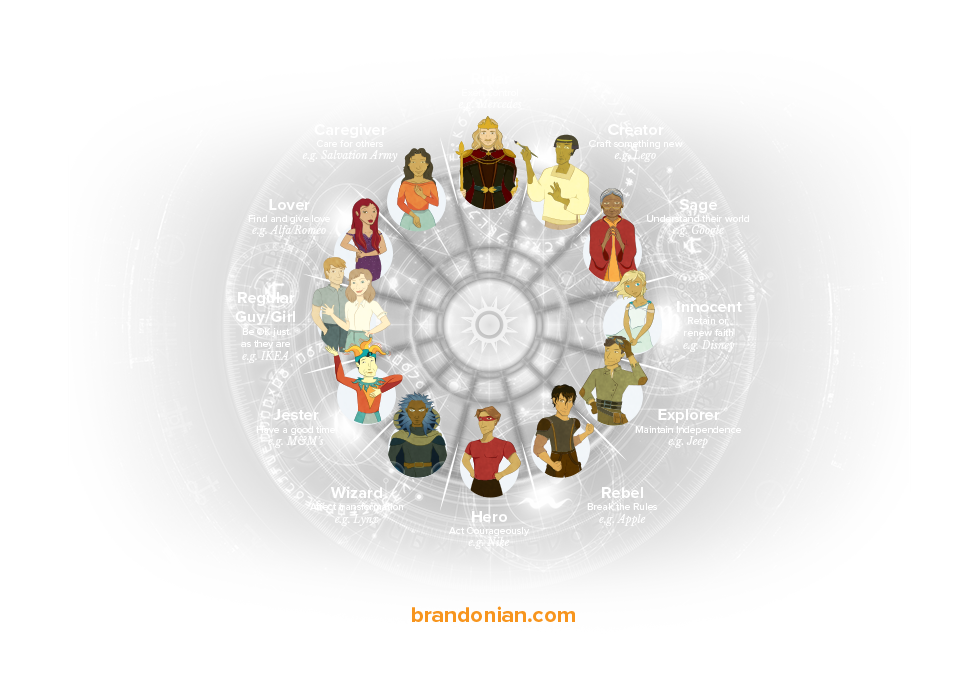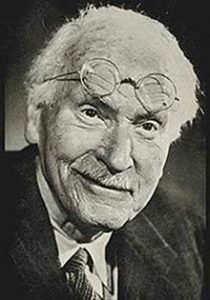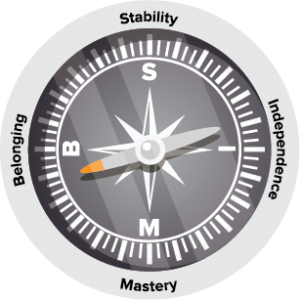Archetypes

Our Brandonian system is based on Swiss psychiatrist Carl
Jung’s theory of ‘archetypes’ or brand characters. Archetypes allow us to define the soul of your brand and express it in ways that tap into universal feelings and instincts we all have.
Jung stated we are all born with an understanding as to
what certain characters (archetypes) are. Think of a mother figure (Caregiver). If I asked you to write a page of descriptors as to what that means to you, you would have no trouble filling the page and what you would write, would be very similar to many others.
This is why we align your brand with an archetype. When we start telling stories and using language in the context of that character, your customers can easily connect with your brand. It feels right, they know you get them and you no longer need to compete on price or product features. Jeep are a good example of this. They are an Explorer brand. In their marketing they talk about all the places you can go, and show the owners away from home, in rugged landscapes escaping and discovering new things. They are selling freedom ultimately, the vehicles just enable that feeling.
Motivational Theory
Based on Carl Jung’s Theory

People don’t buy what you do, they buy why you do it (Simon Sinek). So it follows then that if you understand what motivates an individual, or a collective (like a target market), then you can strategically communicate and interact in ways that are designed to trigger and build on an underlying motivation that already exists within your customers.
At its core, motivation is behind all buying behaviour. The question is ‘How do we motivate people to buy from us?’
The answer is we want to connect with their reasons, their needs and their desires. We want to show that we understand them. The right marketing messages will communicate to these motivations. You know you have this right when your customers say ‘this feels right, this business understands me’.
Motivational theory can be refined down to four major human drivers:
1. Belonging (Generosity)
2. Independence (Self Actualisation)
3. Stability (Control)
4. Mastery (Risk)
